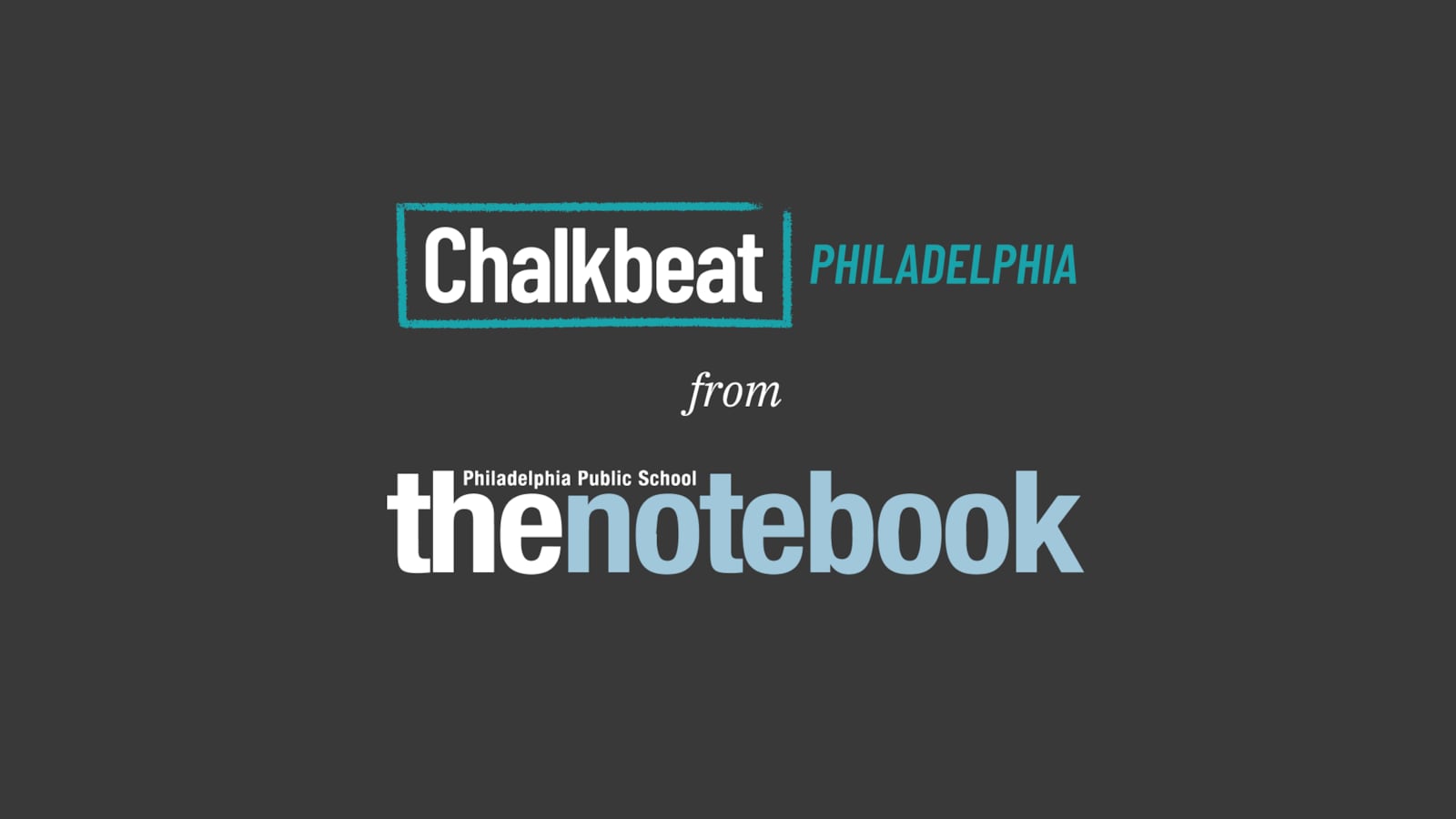This article was originally published in The Notebook. In August 2020, The Notebook became Chalkbeat Philadelphia.
At the corner of 6th and Christian streets in Philadelphia’s Bella Vista neighborhood, the beeping of backhoes is almost like the chirp of native birds: constant, unmistakably loud.
This intersection alone boasts a new Montessori-style pre-K, a strip of rehabbed townhomes, and a bustling coffee shop — all signs of the boom that has sent local real estate prices soaring.
Sitting at said coffee shop, real estate agent Jeanne Whipple notes another important, and invisible, driver of development.
“We’re just outside the Meredith catchment,” she said, gesturing northward.
That’s a major distinction for Philadelphia parents, realtors, and developers.
For those of you who don’t speak the Philadelphia dialect of education-ese, “Meredith” is short-hand for William Meredith, an acclaimed K-8 school in the Queen Village neighborhood. People pay a premium to buy homes in the Meredith attendance or “catchment” zone, where, by one estimate, housing prices have climbed 261% since 2001.
Meredith’s popularity has created a problem: The school now has more students than it’s supposed to hold. And it’s not the only school like this in South Philadelphia, where the twin forces of gentrification and immigration have filled some public schools their architectural brims.
So it’s no surprise that the corner of 6th and Christian also sits in “Study Area 1,” meaning it’s in one of the first neighborhoods that will go through the unprecedented planning process announced last week by School District of Philadelphia officials.
The just-unveiled “Comprehensive School Planning Review” will wind through every Philadelphia neighborhood over the next four years.
Under this new system, local committees will review enrollment predictions made by an outside firm and make planning recommendations based on those predictions.

